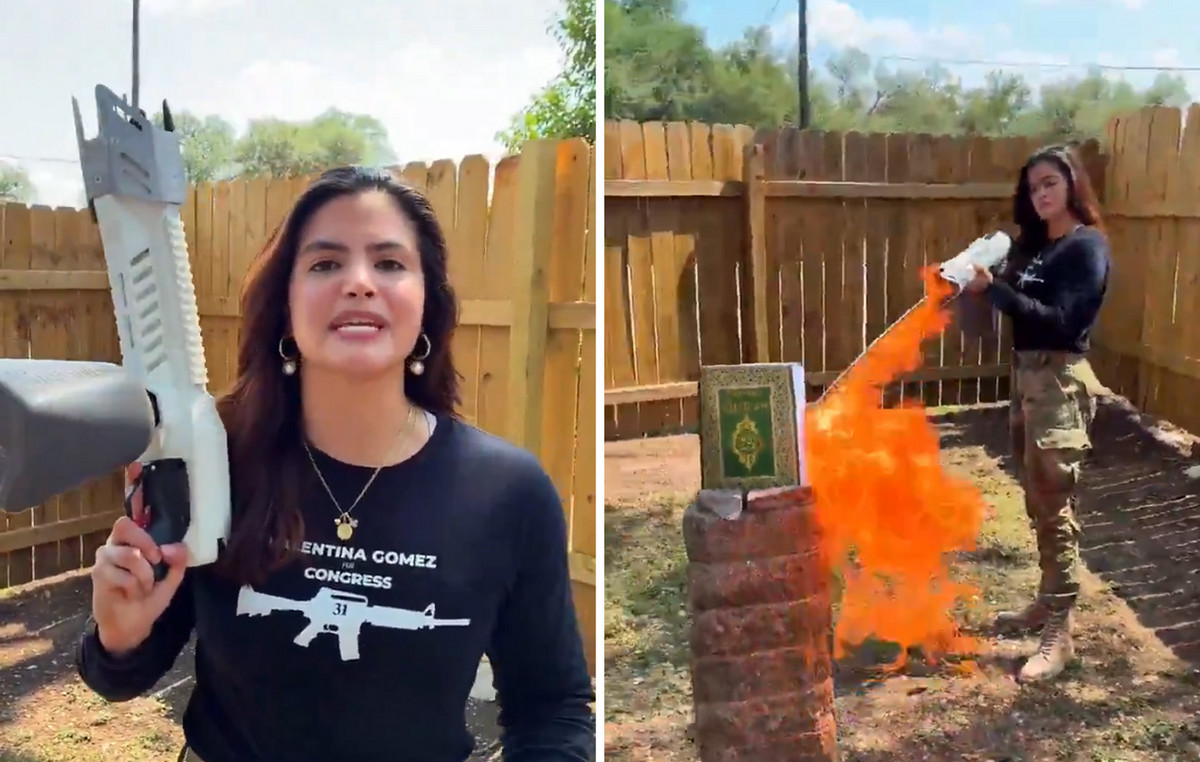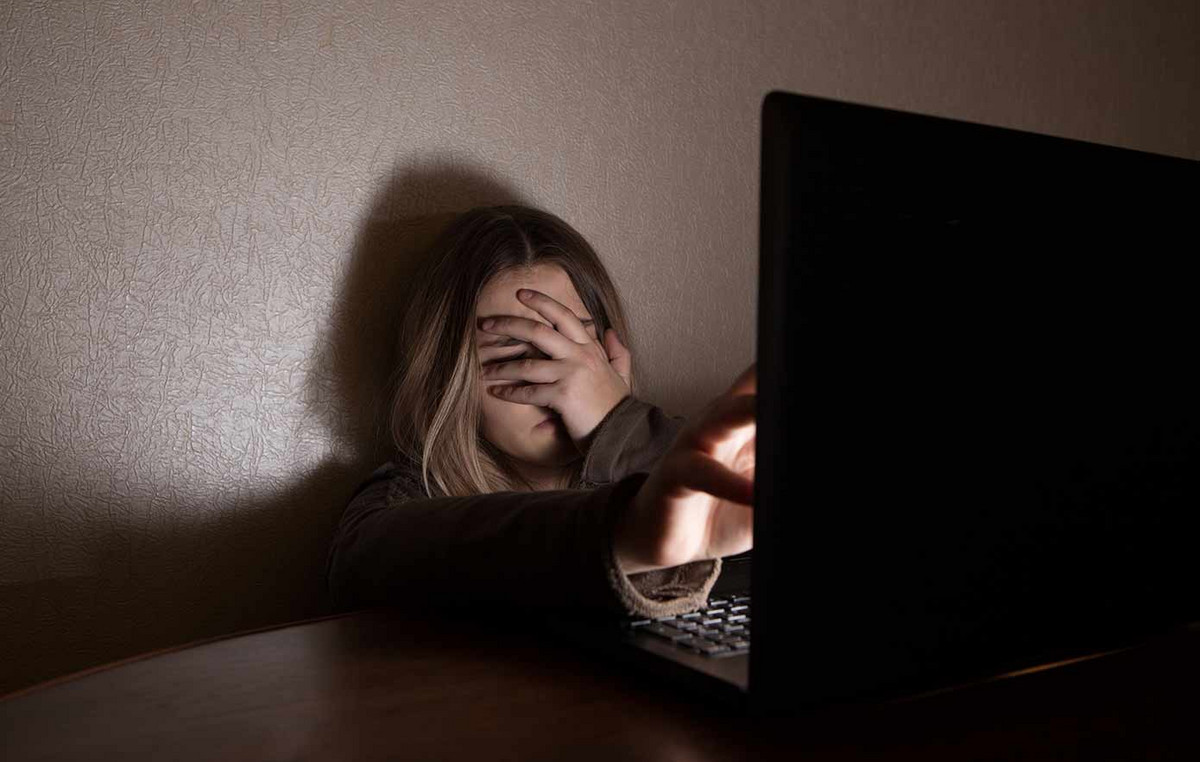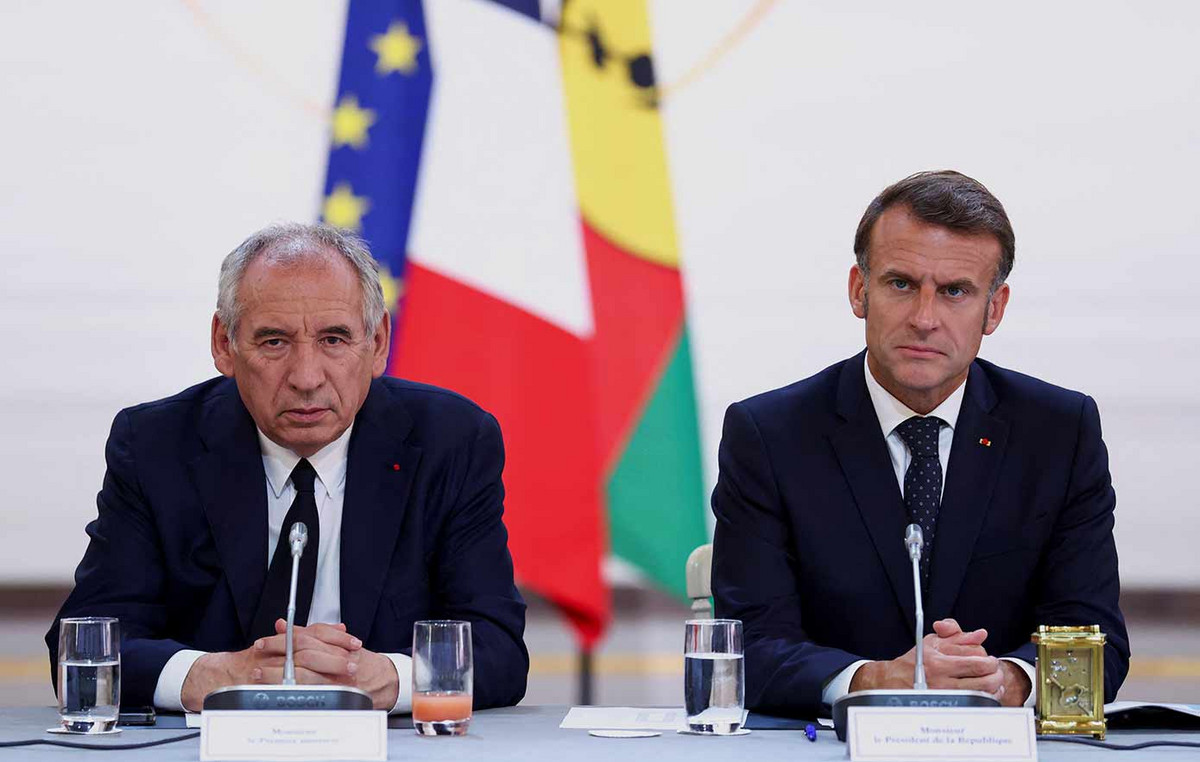After months of military escalation and intemperance on the Ukrainian border, Russia is increasing pressure on its former Soviet neighbor, threatening to destabilize Europe and involve the United States.
Russia has been tightening its military grip around Ukraine for the past year, amassing tens of thousands of troops, equipment and artillery at the country’s gates. The mobilization prompted warnings from US intelligence officials that a Russian invasion could be imminent.
In recent weeks, diplomatic efforts to defuse tensions have not come to a conclusion.
Moscow has repeatedly denied that it is planning an attack, insisting that NATO support for Ukraine constitutes a growing threat on Russia’s western flank. An escalation of bombing in eastern Ukraine and an explosion of vehicles in the separatist-controlled Donbas have raised fears that Moscow may be fueling violence to justify an invasion.
The escalation in the years-long conflict between Russia and Ukraine has set off the continent’s biggest security crisis since the Cold War, raising the specter of a dangerous confrontation between Western powers and Moscow.
So how did we get here? The picture on the ground is changing rapidly, but here’s a summary of what we know.
What is the situation at the border?
More than 150,000 Russian troops now surround Ukraine like a horseshoe on three sides, according to estimates by US and Ukrainian intelligence officials. The White House has repeatedly warned that Russian President Vladimir Putin could launch a full-scale invasion of Ukraine at any time.
On February 15, Putin claimed he was returning some troops back to base after completing exercises and was open to a diplomatic route out of the impasse.
But the claim was met with skepticism by Western officials, followed by frustration when the US claimed that rather than attracting forces, Russia was silently mobilizing several thousand more. US Secretary of State Anthony Blinken warned that the US did not see any immediate signs of a Russian military pullback, noting: “Unfortunately, there is a difference between what Russia says and what it does”.
NATO has increased the readiness of its rapid response force as member countries put troops on standby and send battalions, planes and ships to the region. The US has ordered an additional 3,000 troops to be sent to Poland, bringing the total number of reinforcements sent to Europe in recent weeks to around 5,000. The US says it has no intention of sending troops to Ukraine, which is not a member of NATO.
Biden and European leaders warned that Russia would face serious consequences, including sanctions, if Putin went ahead with an invasion. But that hasn’t stopped Russia from continuing to strengthen its military positions. In late 2021 and early 2022, satellite imagery revealed new Russian deployments of troops, tanks, artillery and other equipment appearing in several locations, including near eastern Ukraine, Crimea and Belarus, where their forces were participating in joint exercises with Moscow’s closest international ally.
Despite receiving funding, training and equipment from the US and other NATO member states, experts say Ukraine would be significantly overtaken by Russia’s armed forces, which were modernized under Putin’s leadership. If an all-out war breaks out between the two countries, tens of thousands of civilians could die and up to 5 million people could become refugees, by some estimates.
What set the stage for the conflict?
Ukraine was a cornerstone of the Soviet Union until it overwhelmingly voted for independence in 1991, a milestone that turned out to be a death sentence for the falling superpower.
After the collapse of the Soviet Union, NATO pushed eastward, bringing most of the Eastern European nations that were in the communist orbit into the fold. In 2004, NATO added the former Soviet republics in the Baltic Sea Estonia, Latvia and Lithuania. Four years later, he declared his intention to offer Ukraine membership sometime in the distant future – crossing a red line into Russia.
Putin has indicated that he sees NATO expansion as an existential threat, and the prospect of Ukraine joining the Western military alliance a “hostile act”. In interviews and speeches, he emphasized his view that Ukraine is part of Russia, culturally, linguistically and politically. While part of the Russian-speaking population in eastern Ukraine feels the same way, a more nationalistic Ukrainian-speaking population in the west has historically supported greater integration with Europe. In an article written in July 2021, Putin underlined their shared history, describing Russians and Ukrainians as “one people”.
Ukrainians, who over the past three decades have sought to align themselves more closely with Western institutions such as the European Union and NATO, have opposed this idea. In early 2014, mass protests in the capital Kiev, known as Euromaidan, forced a Russian-friendly president out of office after he refused to sign an EU association agreement.
Russia responded by annexing Ukraine’s Crimea peninsula and fomenting a separatist rebellion in eastern Ukraine that took control of part of the Donbas region. Despite a ceasefire agreement in 2015, the two sides have not seen a stable peace, and the front line has barely moved since. Nearly 14,000 people died in the conflict and there are 1.5 million people internally displaced in Ukraine, according to the Ukrainian government.
What does Putin want?
Putin has managed to build up pressure on the West for months without ever firing a shot or driving a tank across his border into Ukraine.
Moscow has been accused of engaging in hybrid warfare against Ukraine, using cyberattacks, economic pressure and propaganda to heighten tensions. The State Department said in early February that Russia was prepared to fabricate “a pretext for an invasion” through a disinformation video.
Still, the Kremlin’s intentions in the country remained largely a mystery. What Putin has made clear, however, is that he sees NATO’s eastward expansion as an existential threat to Russia.
In December, Putin presented the US and NATO with a list of security requirements. Chief among them is the assurance that Ukraine will never join NATO and that the alliance will reduce its military presence in eastern and central Europe – proposals that the US and its allies have repeatedly said are not initial.
Putin indicated that he was not interested in lengthy negotiations on the matter. “You are the ones who must give us assurances, and you must do so immediately, now,” he said at his annual news conference late last year. “Are we deploying missiles near the US border? No we are not. It is the United States that has arrived at our house with its missiles and is already on our doorstep.”
High-level talks between the West and Russia ended in January without any progress. The standoff has left European leaders embroiled in a frenzy of diplomacy, exploring whether a negotiation channel established between France, Germany, Russia and Ukraine to resolve the conflict in eastern Ukraine — known as the Normandy Format negotiations — could provide a way forward. to calm the current crisis.
At a press conference with new German Chancellor Olaf Scholz on February 16, Putin repeated baseless claims that Ukraine is carrying out a “genocide” of Russian-speaking people in the Donbas region and called for the conflict to be resolved through the progress of peace in Minsk. echoing similar rhetoric that was used as a pretext to annex Crimea.
Moscow and Kiev remain at odds over key elements of the 2015 peace deal. Ukrainian President Volodymyr Zelensky recently said he doesn’t like anything about the Minsk accords, which call for dialogue on local elections in two Russian-backed breakaway regions in east of the country and – although it is unclear in what sequence – would also restore the Ukrainian government’s control over its eastern borders. Critics say the deal could give Moscow undue influence over Ukrainian politics.
Putin responded in blunt terms, saying that regardless of whether Zelensky likes the plan, it must be implemented. “Like it or not, it’s your duty,” Putin told a news conference alongside French President Emmanuel Macron. Zelensky, a former comedian and TV star, won the 2019 election with a landslide on promises to end the war in Donbas, but little has changed. Responding to a question about Putin’s harsh and undiplomatic language, Zelensky responded in Russian, saying bluntly: “We are not his.”
What is Ukraine’s opinion?
President Zelensky has repeatedly downplayed the danger of a Russian invasion, noting that the threat has been around for years and hasn’t gotten any bigger in recent months. It’s a similar mood in Kiev, where Ukrainians continued to carry out their daily business despite international warnings and foreign governments pulling their diplomatic staff out of the capital.
Ukraine’s government has insisted that Moscow cannot prevent Kiev from building closer ties with NATO, or interfering in its domestic or foreign policy. “Russia cannot prevent Ukraine from approaching NATO and has no right to have a say in relevant discussions,” the Foreign Ministry said in a note to CNN.
Tensions between the two countries have been exacerbated by the deepening Ukrainian energy crisis that Kiev believes Moscow has deliberately provoked. Ukraine views the controversial Nord Stream 2 pipeline – which connects Russian gas supplies directly to Germany – as a threat to its own security.
Nord Stream 2 is one of two pipelines that Russia has laid on the waterbed in the Baltic Sea, in addition to its traditional onshore pipeline network that runs through Eastern Europe, including Ukraine. Kiev sees the pipelines in Ukraine as an element of protection against an invasion by Russia, as any military action could interrupt the vital flow of gas to Europe.
It’s just one of countless challenges facing Zelensky’s government. The former actor, who played a president on Ukrainian television, has had a brutal baptism of fire in real-world politics since taking office in 2019.
His administration’s popularity has stagnated amid a number of domestic political challenges, including a recent third wave of Covid-19 infections and a struggling economy.
Many Ukrainians are unhappy that the government has failed to deliver on promises that brought it to power, including cracking down on corruption in the country’s judicial system. But the most pressing concern is Zelensky’s failure so far to bring peace to the east of the country.
Amid warnings from Western leaders of a Russian invasion “any day”, the Ukrainian president declared February 16 as National Unity Day, insisting that Ukraine was not intimidated by “any enemy” and would be able to “defend itself”. ”.
“We are doing our best to defend our interests and we have won the diplomatic support of almost all the leaders of the civilized world,” Zelensky said in a video speech, adding: “The security of Europe and the entire continent depends on Ukraine and on our armies”.
*Matthew Chance and Laura Smith-Spark contributed to this story
Source: CNN Brasil
I’m James Harper, a highly experienced and accomplished news writer for World Stock Market. I have been writing in the Politics section of the website for over five years, providing readers with up-to-date and insightful information about current events in politics. My work is widely read and respected by many industry professionals as well as laymen.







